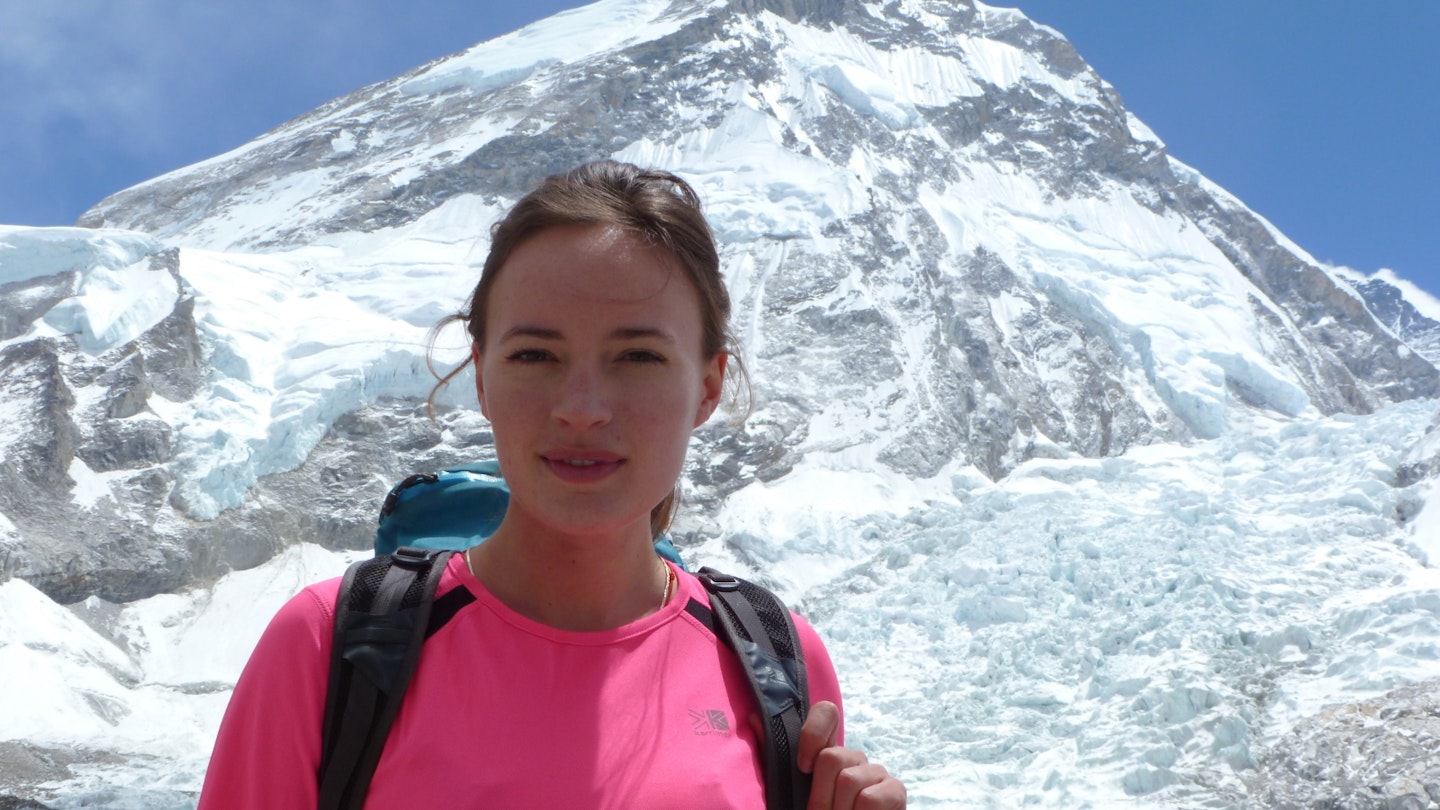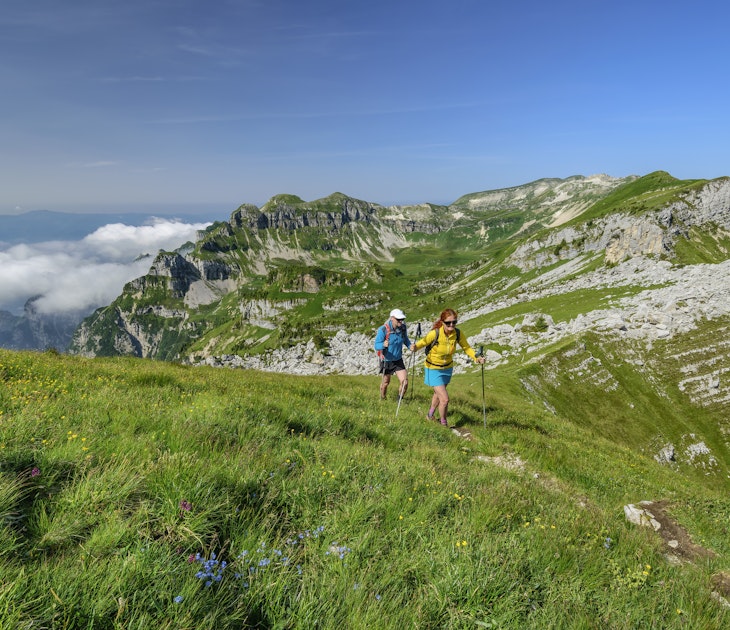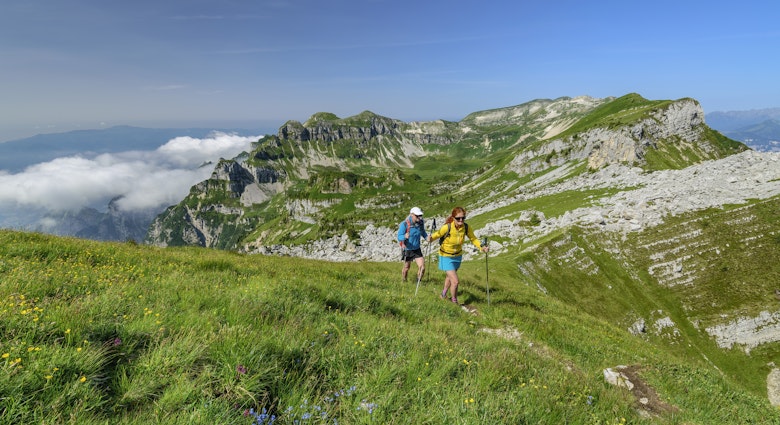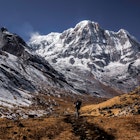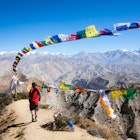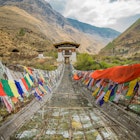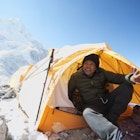For many of us Mount Everest takes on a kind of mythical quality, destined to remain in the realms of our imaginations. But for this bold traveller, mere dreams of the mountain wouldn't suffice and she set herself on a course to climb the world’s highest peak.
In 2008 Bonita Norris had never climbed a day in her life. In 2010, aged 22, she became the youngest British female to summit Everest, proving that if you trust in the little steps (in this case, quite literally millions of little steps) you can accomplish anything you set out to achieve. With the Everest climbing season approaching, we caught up with this adventurer to find out what it’s like to stand on top of the world.
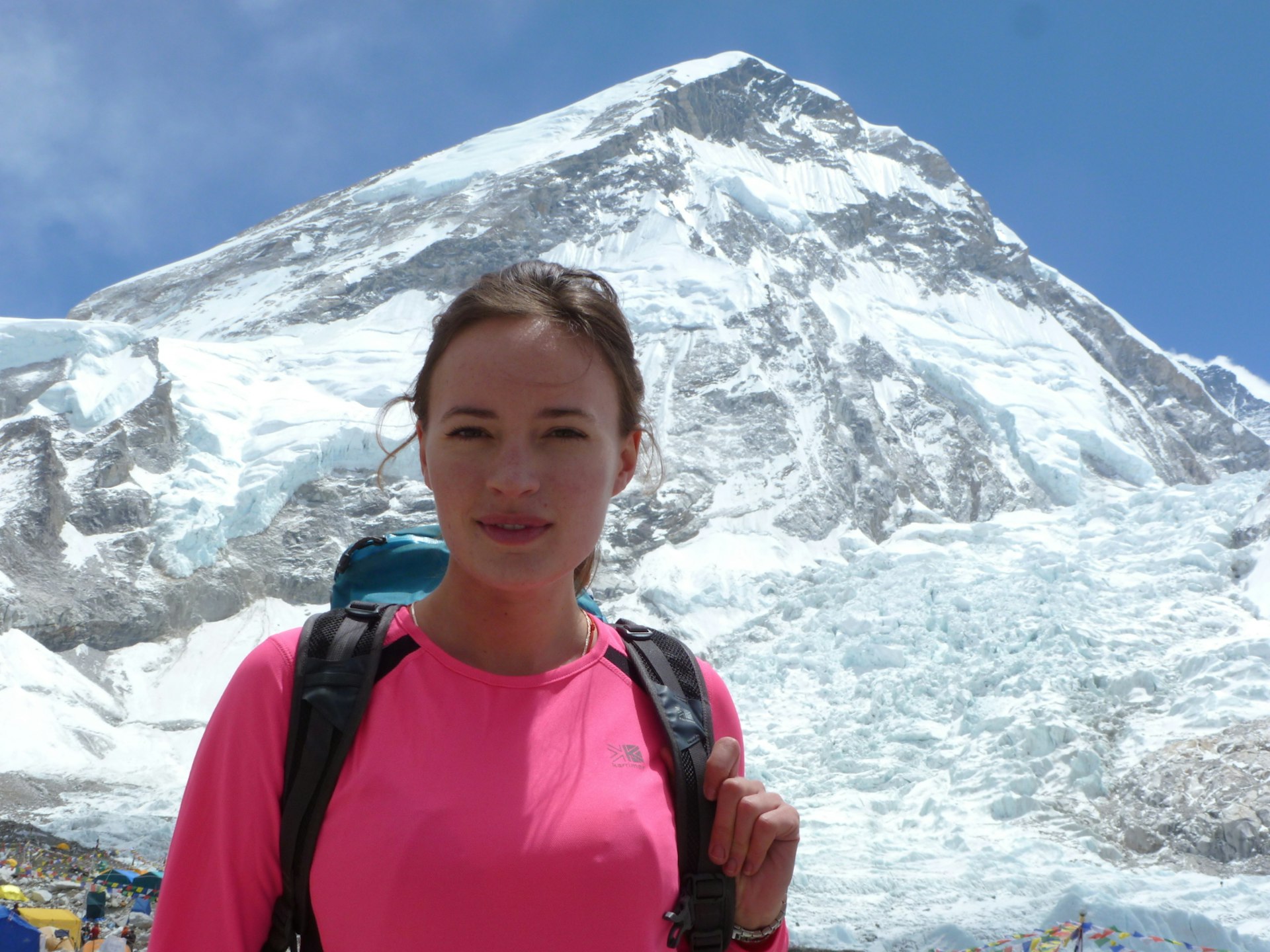
Where was your last trip?
I went to Thailand for five weeks in January to go climbing with my boyfriend. We ended our trip in Railay where my boyfriend actually proposed to me at the top of a cliff on Tonsai Beach. It was very fitting – whatever we do, it has to involve climbing in some way.
Where is your next trip?
My next big travel trip will probably be back to that part of the world – maybe climbing somewhere like Vietnam or Laos.
What is your first travel-related memory?
When I was a kid I went camping with my dad in the New Forest. I remember getting kicked by a pony and going home with a horseshoe-shaped bruise on my leg and my mum going absolutely mental at my dad.
Aisle or window seat?
Aisle seat, because it’s quicker to escape in an emergency. I also won’t take my shoes off during takeoff or landing just in case the plane crashes on the runway – I once heard that people who keep their shoes on during flights usually survive.
Favourite city or country or region?
Nepal, for sure. It sounds cheesy, but for me going to Nepal feels like going home. The Nepalese people are so kind, and you meet so many of them on your travels who don’t have a lot to give and yet are so generous.

What sparked your decision to climb Mount Everest?
It all started back in 2008. I was in my second year of university, and one night my friend Megan decided that she wanted to go to a lecture about mountains as a ploy to meet hot guys, and she dragged me along.
The lecture was given by two mountaineers, Kenton Cool and Rob Casserley, who told us about their recent expedition up Mount Everest. They talked about battling up the mountain for nearly five weeks, dealing with minus-40-degree temperatures, ice storms, knee-deep snow and, worst of all, climbing through the Death Zone – the region above 8000 metres so-called because there is so little oxygen that nothing can survive there long-term.
I couldn’t think why anyone would want to go somewhere where there’s no oxygen. Until they started talking about the moment they reached the summit and how they could see the curvature of the earth as if they were looking down on the planet from space. That blew me away and I said to myself, I don’t know how, but one day I have to see that with my own eyes.
What kind of preparation goes into climbing Everest?
My training schedule was really ad hoc and not based on any scientific research. It was just 'what time have I got today?' and 'what can I be bothered to do?'. Most of the time I just had my trainers and the outdoors – I would go running and I’d do a lot of climbing at the climbing wall.
But the most important training was being out in the mountains. Jumping in the car on a Friday night and going up to North Wales or the Lake District, getting out in all conditions, learning the tiny details you can only learn through experience.
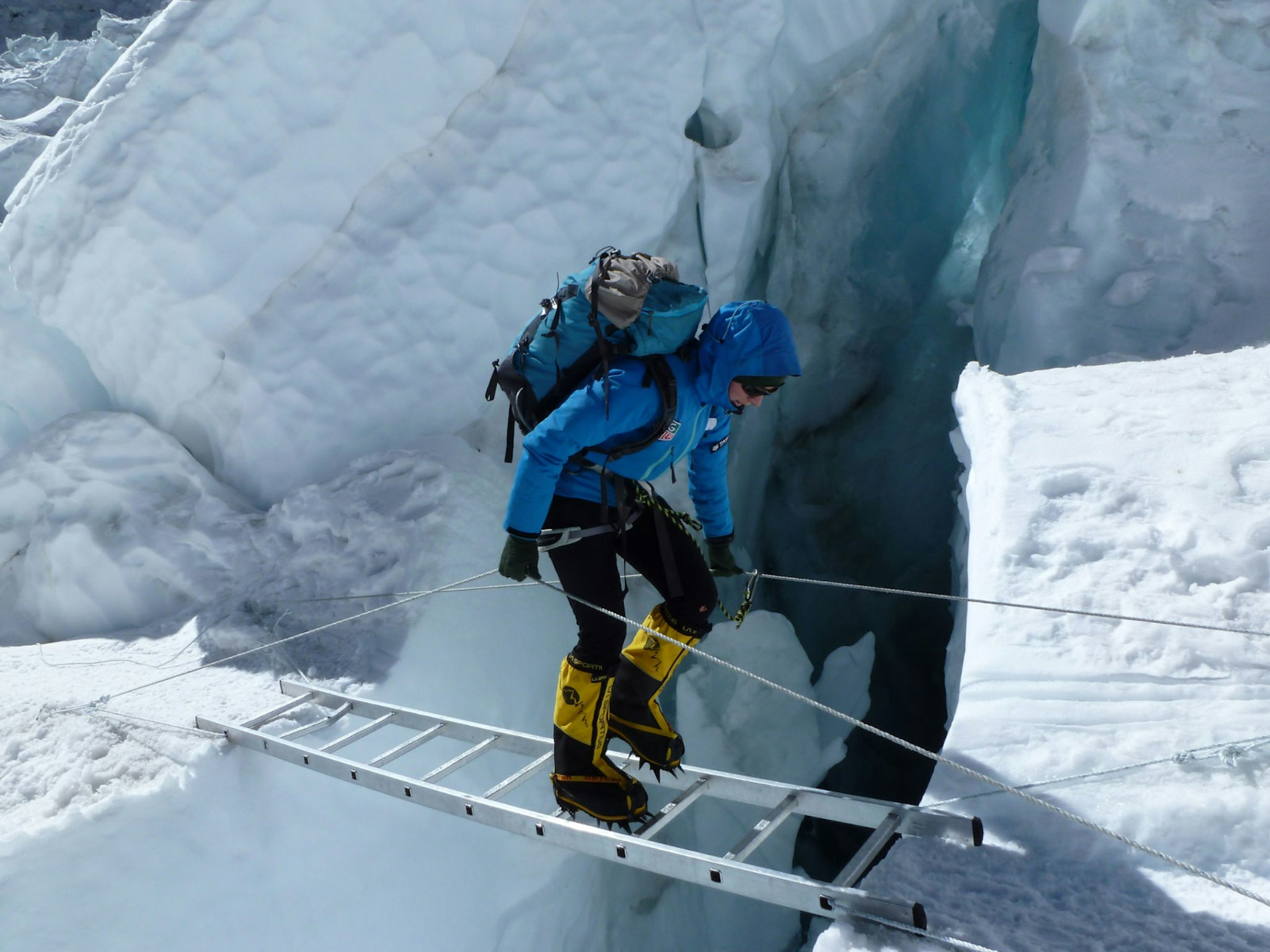
How do you overcome your fears of undertaking such an incredible adventure?
Naively, I didn’t have that much fear in the lead up to the expedition. But those moments on the mountain when I was scared often came about because I had too much time to think. Our imaginations have this incredible ability to freak us out and tell us we can’t do things, but we are far more capable than we think.
The best coping strategy I learnt was to block it out. When I was scared I would go into a bubble and focus all of my energy on something specific like the colour of my shoelaces.
Can you describe the moment you reached Everest’s summit?
When the day came and we stepped out of camp three after five weeks on the mountain, we were already pretty broken by it. We would be climbing for the next 30 hours straight, relying on bottled oxygen to breathe, since now we’d be in the Death Zone and with every hour that passed our bodies would be shutting down.
After all those millions of steps, when I got to the summit I fell to my knees. But the truth is, it was a massive anticlimax. It’s just a patch of snow. I had built it up so much in my head, daydreaming in my bedroom, imagining the crescendo of music, the helicopter filming from above like a scene from a movie. But when we actually got there, I was too exhausted to take it all in. I didn’t feel a sense of triumph, but this huge tidal wave of relief flooded through me which, in some ways, was the best feeling of all.
We were on the top for all of ten minutes. Two years of my life for ten minutes. But it was so worth it. Everest opened up a whole new world to me – I’d never travelled around the UK or climbed before. All of those wonderful moments, memories and friends would never have happened if Everest hadn’t come into my life.
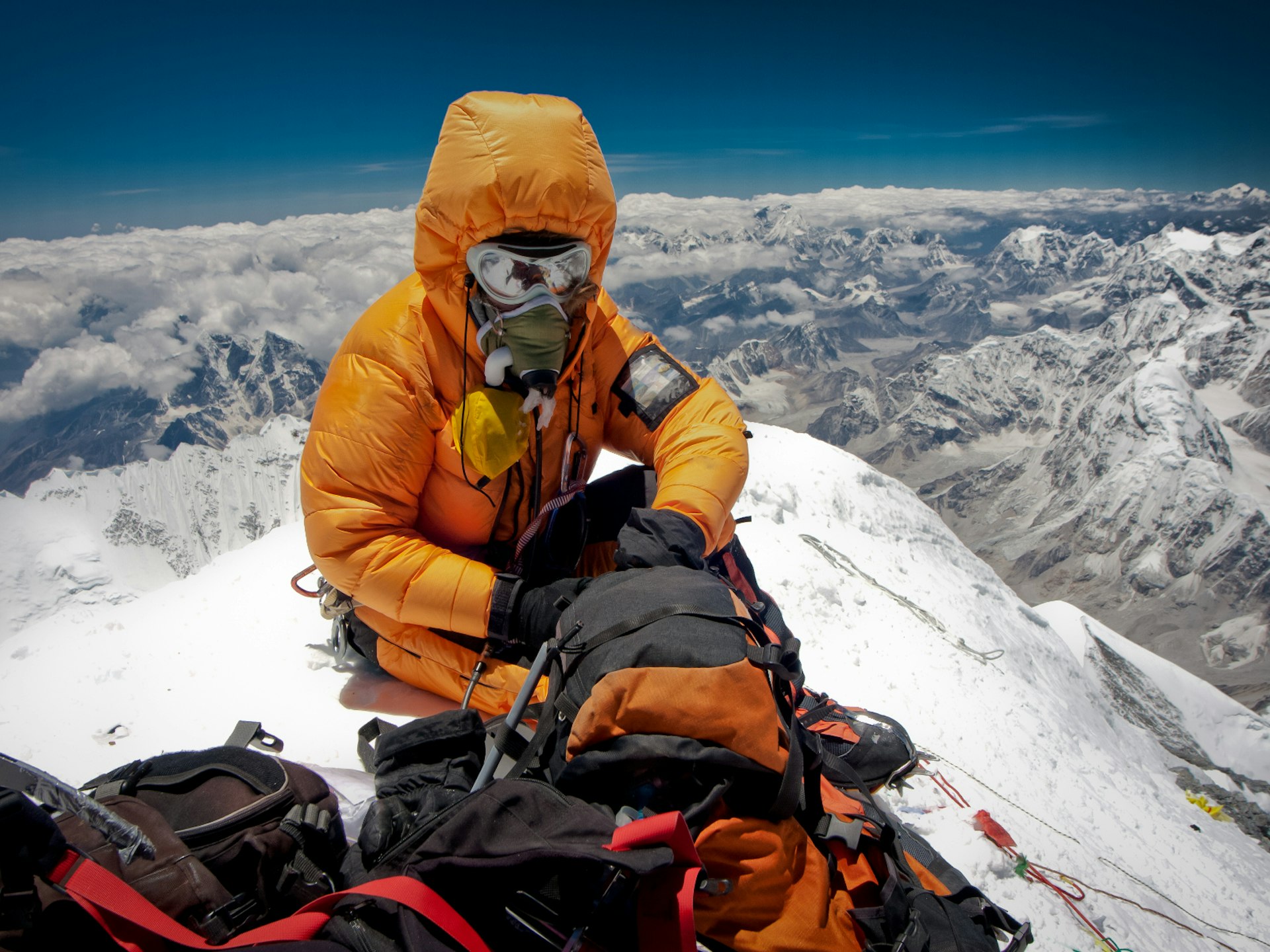
Aside from being physically fit, you must need a lot of mental strength for this kind of expedition?
To do something that puts your life at risk, you have to be really passionate about what you’re doing. Otherwise you’d find every logical reason not to do it. But when you’re really inspired by something, logic doesn’t outweigh that passion even when the odds are against you.
On the mountain itself the most mentally challenging side of it was learning not to look up. The more you look up, the more you freak out and feel intimidated and that plays on your mind. I had to think to myself, I can’t do anything about the rest of this mountain, but I can focus on this moment and these few steps.
Tell us about another memorable expedition you’ve undertaken.
Everest is the highest mountain you can climb, but it’s not the hardest by any stretch of the imagination. So the next step from Everest is to try a really technical climb and for me that was K2, the second-highest peak in the world. Unfortunately, we didn’t get anywhere near the summit. We got to 6600 metres, I got altitude sickness and a huge avalanche buried all of our tents and equipment. It was lucky that no one died. I would love to try climbing it again, but it's going to take a lot to go back. K2 is a different kettle of fish, it’s like no other mountain I’ve tried to climb.
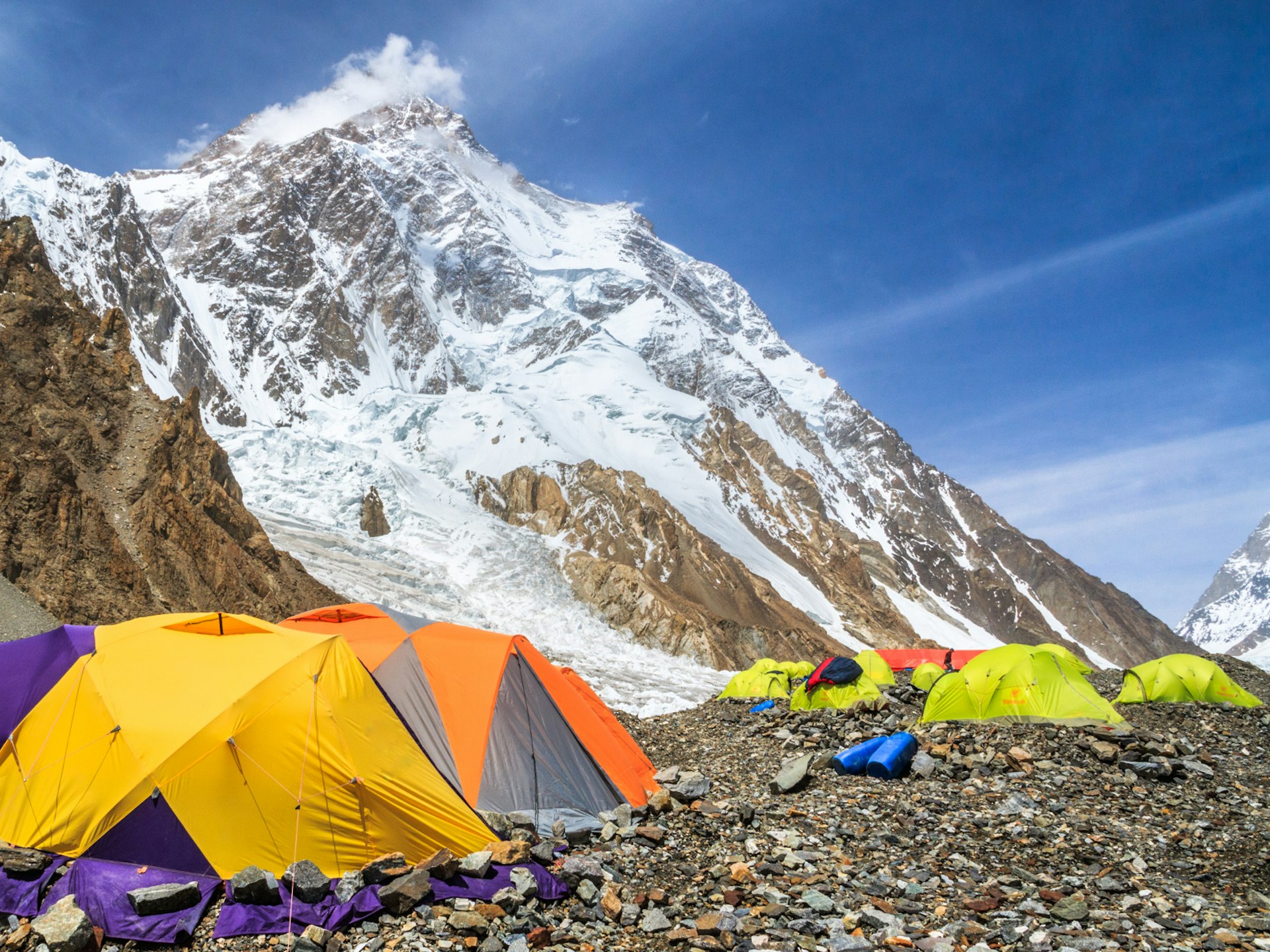
What is the best or worst piece of travel advice you’ve received?
The best is from my climbing mentor, Rob Casserley, who always encouraged me to see the kindness in strangers. To not be afraid to let people help you when you need it, because most people get great joy out of it.
What is your best or worst travel souvenir?
I haven’t really got any souvenirs. But I did take some rock from the top of Mount Everest that I had made into cufflinks for my dad.
Quick, an asteroid is going to hit the earth in one week! Which is the one travel dream you’d rush to fulfil?
It would just be to stand on top of a snowy mountaintop at sunrise, it doesn’t matter where. When I’m on top of a mountain it’s like the world is right.
What advice would you give a first-time traveller?
Relish in being stripped back. Don’t take home comforts with you, don’t even take a phone if you can avoid it. Last year when I was on K2 my mum was able to Whatsapp me from the base camp, which felt really incongruous with the idea of this epic expedition I was about to embark on. You don't need those little luxuries, all you need is yourself and an open mind.
Bonita is a prolific public and motivational speaker with Speakers' Corner (speakerscorner.co.uk). Keep up to date with her adventures at bonita-norris.com.
